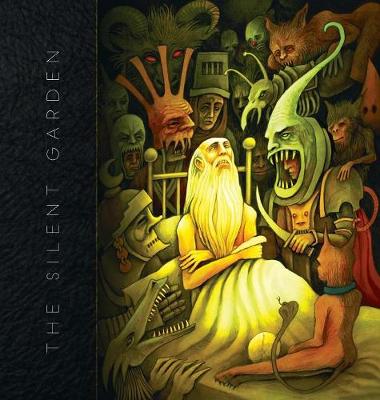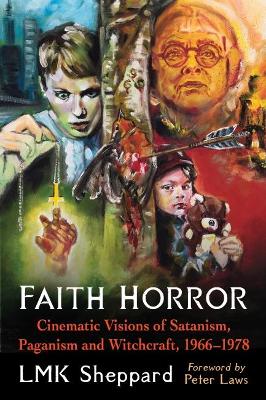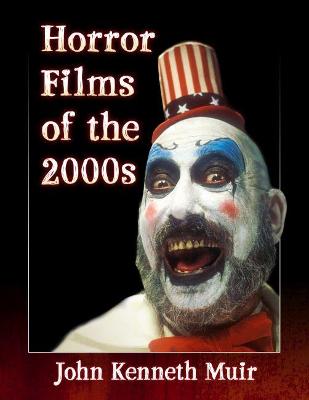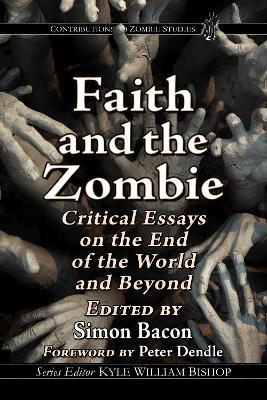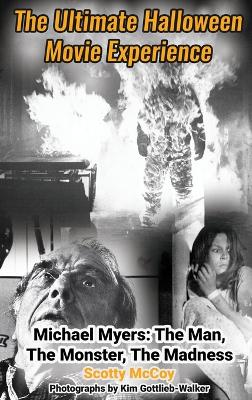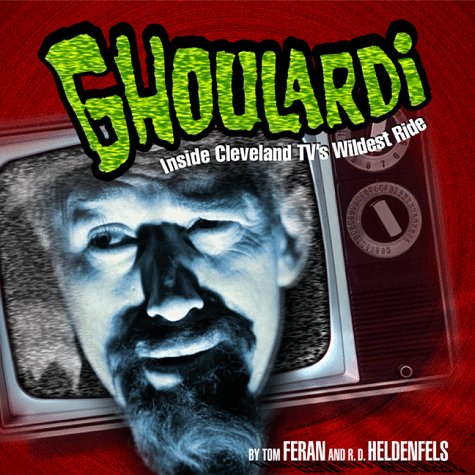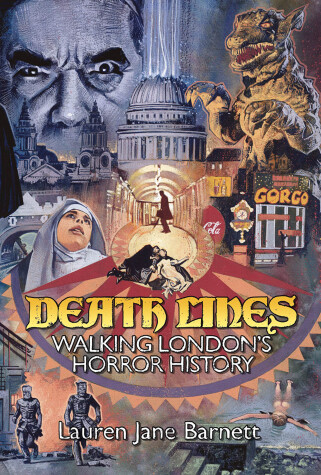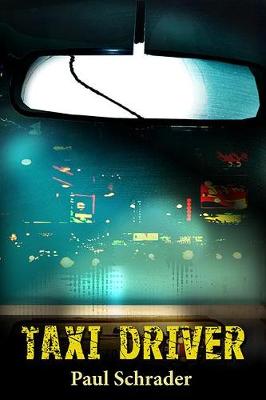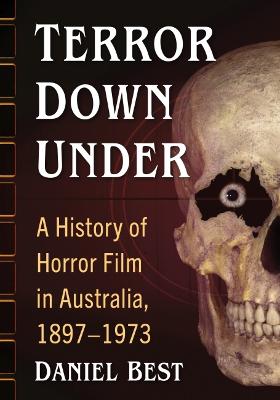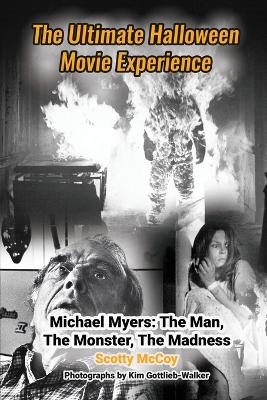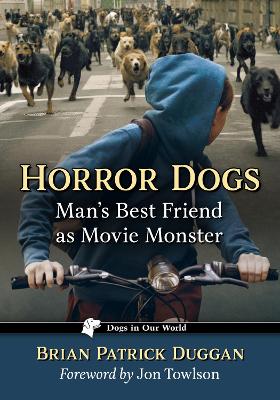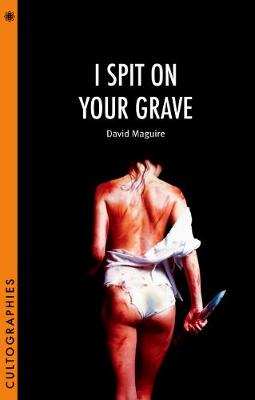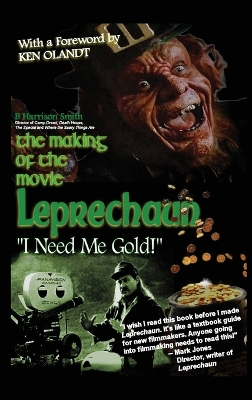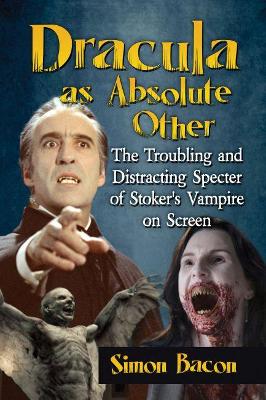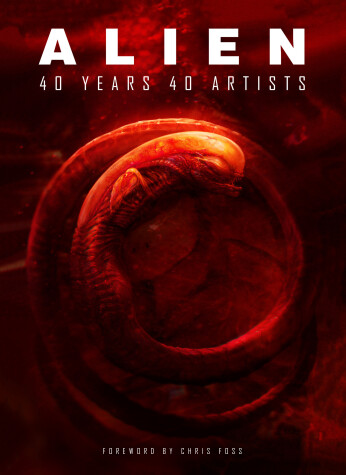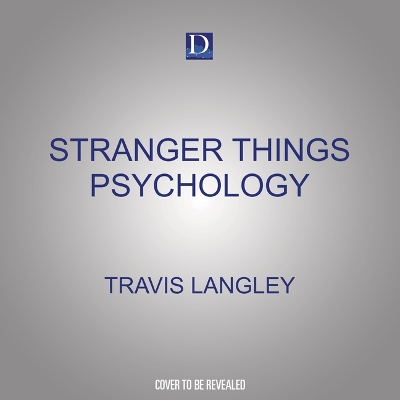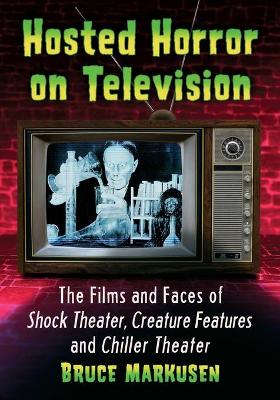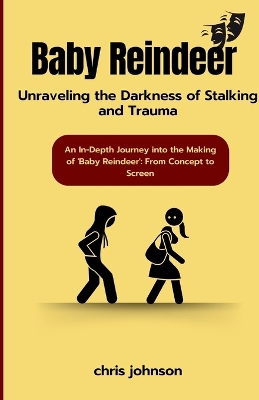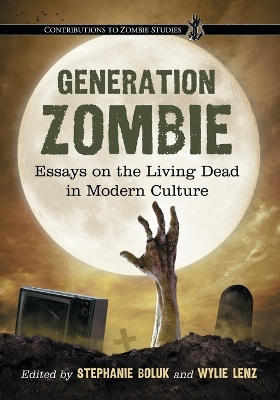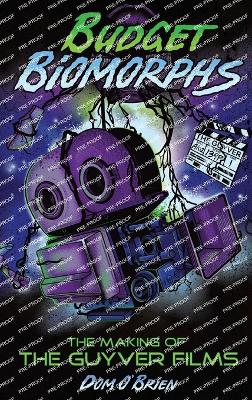Faith horror refers to a significant outcropping of mid-1960s and 1970s films and adaptative novels that depict non-Christian communities of evil doers and their activities. Before this period, the classical horror villain was ultimately ineffectual. The demonic monster was an isolated, lone individual easily vanquished by an altruistic Christian protagonist. Alternatively, the villain in faith horror is organized into identity-affirming, likeminded religious congregations that successfully over...
Horror films have always reflected their contemporary audiences' fears and anxieties. In the United States, the 2000s were a decade full of change in response to the 9/11 terrorist attacks, the contested presidential election of 2000, and the wars in Iraq and Afghanistan. These social and political changes, as well as the influences of Japanese Horror and New French Extremism, had a profound effect on American horror filmmaking during the 2000s. This filmography covers more than 300 horror films...
Themes of faith and religion have been threaded through popular representations of the zombie so often that they now seem inextricably linked. Whether as mindless servants to a Vodou Bokor or as evidence of the impending apocalypse, the ravenous undead have long captured something of society's relationships with spirituality, religion and belief. By the start of the 21st century, religious beliefs are as varied as the many manifestations of the zombie itself, and both themes intersect with vario...
The first walking guide to London’s role in the evolution of horror cinema, inspired by the city’s dark histories and labyrinthine architectures. Death Lines is the first walking guide to London’s role in the evolution of horror cinema, inspired by the city’s dark histories, labyrinthine architectures, atmospheric streetscapes, and uncanny denizens. Its eight walks lead you on a series of richly researched yet undeniably chilling tours through Chelsea, Notting Hill, Westminster, Bloomsbury, Cov...
In 1948, the Australian government banned the production, importation and exhibition of horror films in a move to appease religious communities and entertainment watchdogs. Drawing upon previously unseen government documents, private letters and contemporary newspaper accounts, this book is the first to extensively cover the history of censorship and the early production of horror movies in Australia. Beginning its examination in the late 19th century, the book documents the earliest horror film...
How did beloved movie dogs become man-killers like Cujo and his cinematic pack-mates? For the first time, here is the fascinating history of canines in horror movies and why our best friends were (and are still) painted as malevolent canines. Stretching far back into Classical mythology, treacherous hounds are found only sporadically in art and literature until the appearance of cinema's first horror dog, Sherlock Holmes' Hound of the Baskervilles. The story intensifies through WWII's K-9 Corps...
There is no denying that Meir Zarchi's I Spit on Your Grave (1978) deserves its title as one of the most controversial films ever made. While many condemn it as misogynistic, others praise it for raising uncomfortable issues about sexual violence. While its reputation as a cult film has undoubtedly been cemented by its unique position in the 1970s/80s exploitation era and the "video nasties" scandal, it has also become mythologized by its own official and unofficial franchises. David Maguire ex...
The Making of the Movie Leprechaun - "I Need Me Gold!" (hardback)
by B Harrison Smith
Dark, dangerous and transgressive, Bram Stoker's Dracula is often read as Victorian society's absolute Other-an outsider who troubles and distracts those around him, representative of the fears and anxieties of the age. This book is a study of Dracula's role of absolute Other as it appears on screen, and an investigation of popular culture's continued fascination with vampires. Drawing on vampire films spanning from the early 20th century to today, this book is an examination of how different ge...
American Horror Film
Creatively spent and politically irrelevant, the American horror film is a mere ghost of its former self-or so goes the old saw from fans and scholars alike. Taking on this undeserved reputation, the contributors to this collection provide a comprehensive look at a decade of cinematic production, covering a wide variety of material from the last ten years with a clear critical eye.Individual essays profile the work of up-and-coming director Alexandre Aja and reassess William Malone's muchmaligne...
40 artists, filmmakers, illustrators and fans produce original art for a tribute to the sci-fi horror masterpiece Alien to commemorate the 40th anniversary of the film. An artistic tribute to the sci-fi horror masterpiece Alien. 40 artists, filmmakers, and fans have been invited to contribute a piece of original art to commemorate the 40th anniversary of Alien in 2019. Pieces range from alternative posters to gothic interpretations of key scenes. Sketches, process pieces, and interview text acc...
In October 1957, Screen Gems made numerous horror movies available to local television stations around the country as part of a package of films called Shock Theater. These movies became a huge sensation with TV viewers, as did the horror hosts who introduced the films and offered insight--often humorous--into the plots, the actors, and the directors. This history of hosted horror walks readers through the best TV horror films, beginning with the 1930s black-and-white classics from Universal...
Generation Zombie
Growing from their early roots in Caribbean voodoo to their popularity today, zombies are epidemic. Their presence is pervasive, whether they are found in video games, street signs, hard drives, or even international politics. These eighteen original essays by an interdisciplinary group of scholars examine how the zombie has evolved over time, its continually evolving manifestations in popular culture, and the unpredictable effects the zombie has had on late modernity. Topics covered include...
In 1932, The Mummy, starring Boris Karloff, introduced another icon to the classic monster pantheon, beginning a journey down the cinematic Nile that has yet to reach its end. Over the past century, movie mummies have met everyone from Abbott and Costello to Tom Cruise, not to mention a myriad of fellow monsters. Horrifying and mysterious, the mummy comes from a different time with uncommon knowledge and unique motivation, offering the lure of the exotic as well as the terrors of the dark....
In a now-famous interview with François Truffaut in 1962, Alfred Hitchcock described his masterpiece Rear Window (1954) as "the purest expression of a cinematic idea." But what, precisely, did Hitchcock mean by pure cinema? Was pure cinema a function of mise en scène, or composition within the frame? Was it a function of montage, "of pieces of film assembled"? This notion of pure cinema has intrigued and perplexed critics, theorists, and filmmakers alike in the decades following this discussion....
